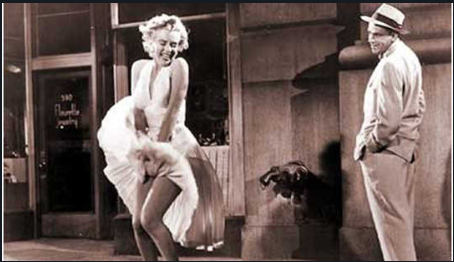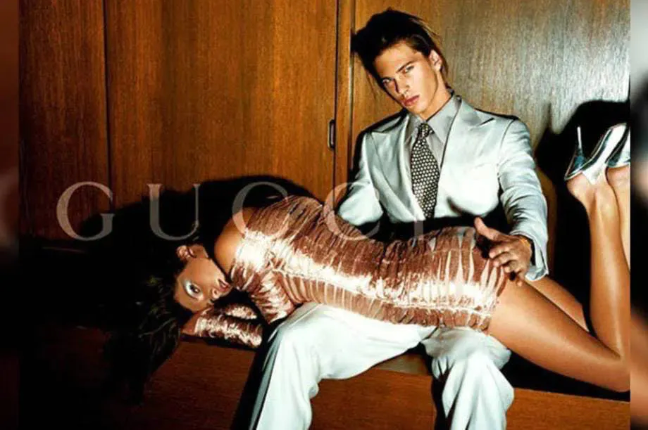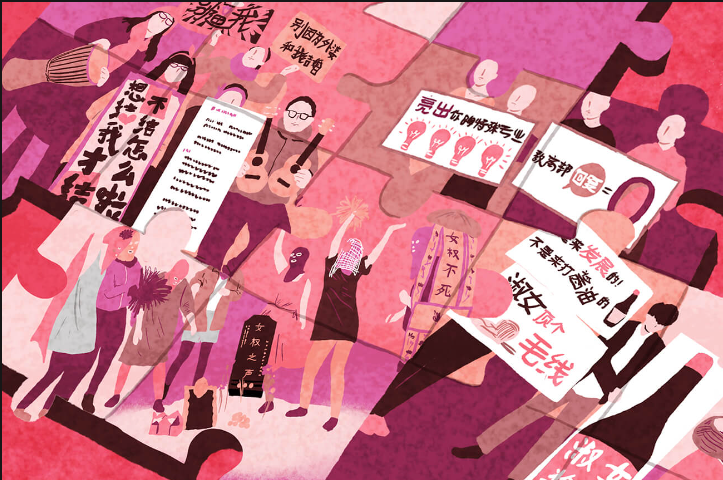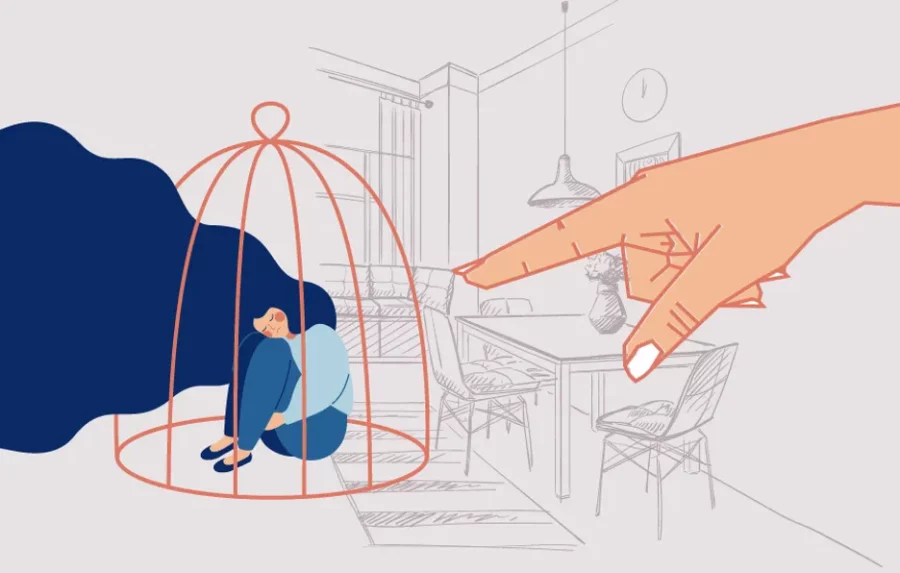With the rapid development of the digital age, the rise of digital media and social platforms has not only revolutionized the way we access information and communicate with each other, but has also brought an unprecedented new dimension to the discussion of the concept of the “male gaze”. In particular, there is a unique phenomenon in social media, where these platforms have become both a new domain for displaying and objectifying images of women, as well as an important venue for challenging and reshaping traditional gender norms. In this digital world, the “male gaze” is no longer just a topic of academic theory or film criticism, but has become a part of every social media user’s daily life, influencing our perceptions, behaviors, and even cultural values.
●What is the male gaze?

The “gaze” is a term that describes how viewers interact with visual media, and the male gaze is a socially and culturally entrenched concept, more so in Western societies. It influences the way of life in the post-truth digital age in which we currently live. Laura Mulvey prominently discusses the concept in her writings around feminist film theory, and first coined the term in her 1975 essay “Visual Pleasure and Narrative Cinema”. To put it bluntly, the male gaze is the way in which women are presented in film, art, media, literature, etc., from a male, heteronormative perspective that positions them as sexual objects, placed solely for male visual pleasure.
There is a case in the movie The postman always rings twice, where at 16-20 seconds in the video a close-up is used to point the camera at the heroine’s legs, thus creating a sexual innuendo, and the camera is turned to the hero’s eyes, thus metaphorically suggesting a male gaze in which the hero is sexualizing the heroine, and then finally the camera is panned to the burnt food on the baking sheet, thus further proving the hero’s forgetfulness that the food is still on the plate due to his thoughts about the heroine.
● The impact of the digital age on the male gaze.

If you’ve been active on social media, you’ve often seen users posting elaborate photos and videos to showcase themselves. Female users on TikTok and Instagram in particular often post content that is designed to attract the attention of viewers, and in the process they may inadvertently follow the “male gaze” aesthetic standard, choosing to upload photos of themselves in revealing clothing or emphasizing their body’s curves, which to some extent reflects society’s specific expectations and objectifying perspective of women’s appearance as objects of visual consumption. To some extent, this practice reflects a specific social expectation of women’s appearance and an objectifying view of women as objects of visual consumption. To some extent, this practice reflects a specific social expectation of women’s appearance and an objectifying perspective that sees women as objects of visual consumption. Not only does this reflect the disproportionate focus on women’s appearance in social media culture, but it also shows how these platforms can be a tool for reinforcing gender stereotypes and objectifying women.
Additionally the lady gaze in some advertisements is more prevalent, and young women tend to be subservient to men in advertisements, whether through advertising or status. For example, in this Gucci ad image. The male model is seated and standing, wearing a fine suit, with a serious expression and gaze straight ahead, giving the impression of confidence and control. In contrast, the female model is lying on his lap, wearing a tight, sparkly dress in a sexy, relaxed pose, with her head slightly tilted up and her eyes seemingly seeking a connection. In addition, the male model places his hand on the female model’s buttocks creating a sexual innuendo. This layout conveys a message that suggests that the woman is the man’s “obedient pet,” i.e., that the man is the dominant figure in the situation and the woman is the submissive object.
In such advertisements, the woman is often presented in a manner designed to catch the eye of the male consumer, emphasizing her body rather than her personality or abilities. Her posture and expression may also be interpreted as a form of seduction, further reinforcing the notion of the female as a sex object. This portrayal of women not only fulfills the traditional “male gaze,” but also reflects the unequal display of gender roles in advertising. The poses and expressions of the male models convey messages of authority and strength, while the female models display weakness and passivity.

Feminist voice

While social media has exacerbated the phenomenon of the male gaze to some extent, it has also provided a powerful tool for opposing and critiquing it. A growing number of feminists and social activists are speaking out on these platforms to protest and deconstruct the objectification of women. They are challenging long-entrenched gender norms by creating and sharing educational and inspiring content. Feminist channels such as YouTube and gender equality movements on Twitter and Instagram are actively contributing to this change. More than just a medium for information dissemination, these channels have become platforms for shaping new social perceptions and actions.
● Summary
While social media has in some ways exacerbated the phenomenon of the “male gaze”, it has also provided a powerful tool for opposing and criticizing it. Increasingly, feminists and social activists are using these platforms to speak out against the objectification of women and to challenge long-entrenched gender norms through the creation and sharing of educational and inspirational content. These channels are not only mediums for information dissemination, but also platforms for shaping new social perceptions and actions.
Reference
https://en.wikipedia.org/wiki/Male_gaze Wikipedia
https://representationsofwomeninmedia.weebly.com/examples-in-advertising.html WOMEN AS CONSUMERS; WOMEN AS OBJECTS


In today’s online world, the “male gaze” is receiving more and more attention. This idea is so common in movies and TV that it often treats women as something to be seen, which is unfair, but it’s been around for a long time. But now, the Internet is helping to change that. Those who want to create a fairer environment for women are gaining traction on social media. They are challenging old ideas and trying to change them. This brings us to the importance of thinking about what we see in the media and how the Internet can help make things better. Through more discussion and information sharing, social media can help society become more equitable and respectful of women.
I love your explanation of the male gaze and how it relates to social media apps like tiktok and instagram.
In addition, I very much agree that a large proportion of advertisements are devoted to objectifying women and “peering” at women through the male gaze. As you said, even international big brands like Gucci are like this. Does this show that this phenomenon has been accepted by the public? I think it is terrible and only media consumers are aware of this. Starting to pay attention to the image of women have a more diverse portrayal, the problem is likely to be improved.